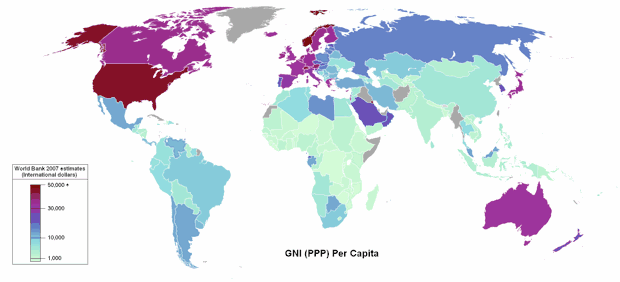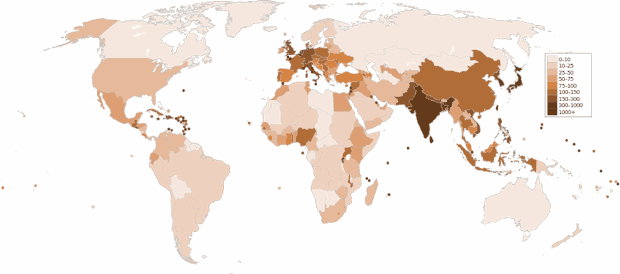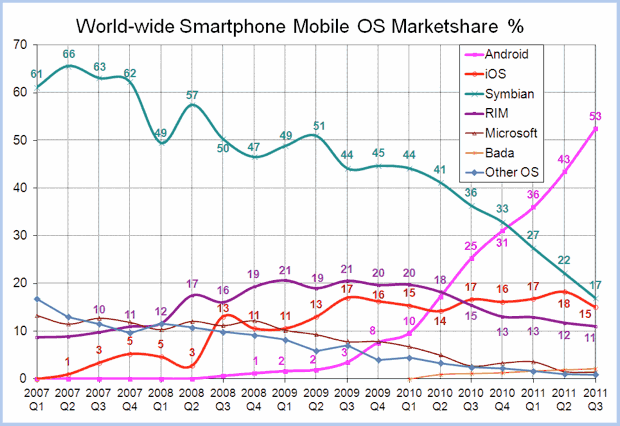Once again the debate over H.264 has come up in the Mozilla community. I’ve been a strong advocate of the WebM/VP8 codec given its liberal license and abilities and still am, but agree H.264 needs to be supported. It’s a requirement for mobile (B2G), and becoming necessary on the desktop.
A little over a year ago Chrome talked about dropping support for H.264. To date they have not done so, or given any indication that is even still in the plans as far as I know. In 2010 Adobe said they would be supporting WebM (link in that same blog post). They too have failed to live up to their promises. In either case I’ve found no indication on the internet they ever plan to go forward with those plans.
I suspect in Google’s case they were pressured by various providers and mobile partners who don’t want to encode or support another encoding. Google’s been trying to woo anyone/everyone for the purposes of Google TV and presumably YouTube. It’s likely just not worth it for them to push. There are various theories floating around about Adobe including a lack of clear Flash strategy in an HTML5 world. Adobe does however have a “tools” strategy. Perhaps time will tell.
Furthermore Apple and Microsoft are fundamentally opposed to WebM as they are both licensors for H.264. The odds of them supporting something that hurts their bottom line unless the rest of the web is threatening to leave them behind is nearly 0.
I question however if it should be bundled vs. using system codecs. Windows XP aside, system codecs mean that Microsoft and Apple are essentially responsible for making it work as well as the expense. Plugins could be used for OS’s that don’t ship with the appropriate codecs.
It’s time to put some effort into a JavaScript player for WebM and make that liberally licensed. Browsers still aren’t quite there, but eventually the day will come when that’s workable. The web will then gain the ability to have video play on any (modern) device. Just not natively. That is the backdoor for an open codec.
The real issue is larger than the <video/> element. It’s software patents and their ability to undermine innovation and progress. It’s important to keep this in mind. Just look at mobile. It’s completely possible that the entire mobile industry could come to a halt over patent lawsuits and fear of lawsuits. All it takes is a company willing to press the button. Google spent $12.5 billion in what is essentially the patent equivalent of nuclear proliferation. That’s how real the threat is perceived. H.264 is arguably a fart in a hurricane.



